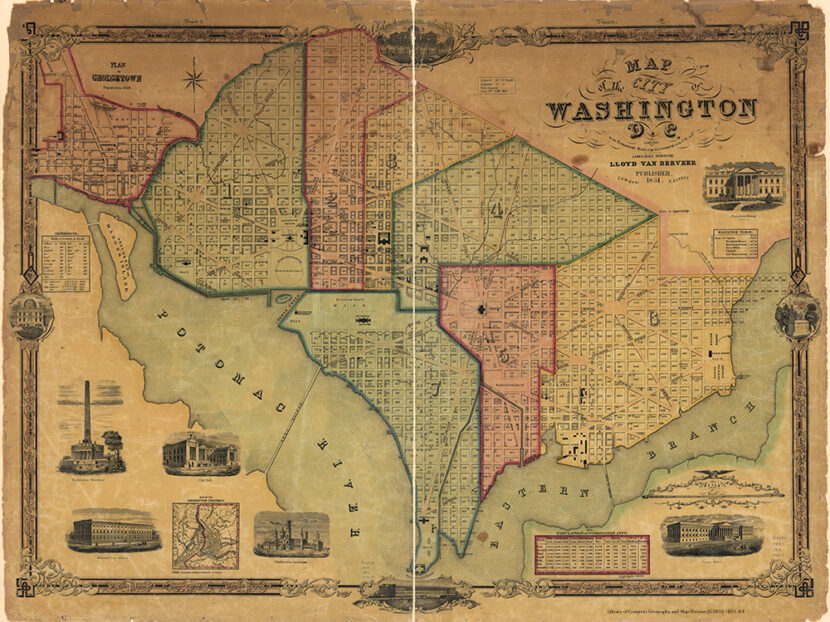- Current Events Nebraska Rejects Winner-Take-All Proposal
- Citizenship Voting Under Age 18
- Citizenship Citizenship in Action
- Democratic Party Biden’s and Trump’s Recent Primary Results
- Elections Trump and Biden Win South Carolina and Michigan Primaries
- Democratic Party Trump and Biden Win Big in Early February Contests

Gerrymandering: How to “Shape” an Election
In a democratic election, whichever candidate gets the most votes wins. If more people vote for Democrat candidates, then the Democrats become the party in power. And if more people vote for Republicans, then the Republican Party is the one in power. Right?
These days, it get more complicated than that.
Gerrymandering is the practice of drawing political lines in an unfair way. In other words, it means manipulating political boundaries to favor one political party over another. This happens in all fifty states, but it’s worse in the so-called “swing states.” Ohio, for example, is one of the most severely gerrymandered states. One of Ohio’s counties (Summit) is divided into four different districts, while another district (06) contains all or part of 18 counties.
How Does Gerrymandering Work?
Political boundary lines are drawn by state legislators. Whichever political party has the majority at the time, then, is in charge of drawing the lines. They can draw them so that their opponents are packed into a couple of districts so that there are fewer minority districts. For example, if the Republican party is in control in a state, it can draw the political boundary lines so that all of the Democratic voters are lumped into two or three districts, making the rest of the districts all Republican. And the Democratic party can do the same thing to Republican voters in states where Democrats have the majority.
Why Is It Bad?
First and foremost, it’s unfair. Critics say that gerrymandering weakens the democratic process because it gives voters fewer choices. Imagine that you are a Democrat living in a district that has been drawn to be Republican. You know that your Democratic candidate is automatically unlikely to win. Worse yet, some districts are so heavily gerrymandered that the minority party might not even be able to find a candidate who is willing to run because they know they will lose no matter what.
Gerrymandering also makes it difficult for representatives to stand up for the needs of the people of their district. When one district is stretched and contorted to include both rural and urban areas, or towns with vastly different socioeconomic backgrounds, the voters have little in common with each other. Yet, their representative is expected to be a voice for all of them.
What Can Be Done About It?
Several states have issues on the ballot in 2018 that would take the responsibility for drawing political boundaries away from legislators and put it in the hands of an independent commission.
Also, two redistricting cases currently sit before the U.S. Supreme Court: one from Maryland, one from Wisconsin. The Maryland case claims that gerrymandering is a violation of the First Amendment because it discriminates against people based on their political beliefs. The Wisconsin case is hinged on the Fourteenth Amendment, saying that gerrymandering violates the Equal Protection Clause. But it’s unlikely that either of these cases will affect the outcome of the 2018 midterm elections: the Supreme Court justices have said that they’re unwilling to change the rules during an election year.


